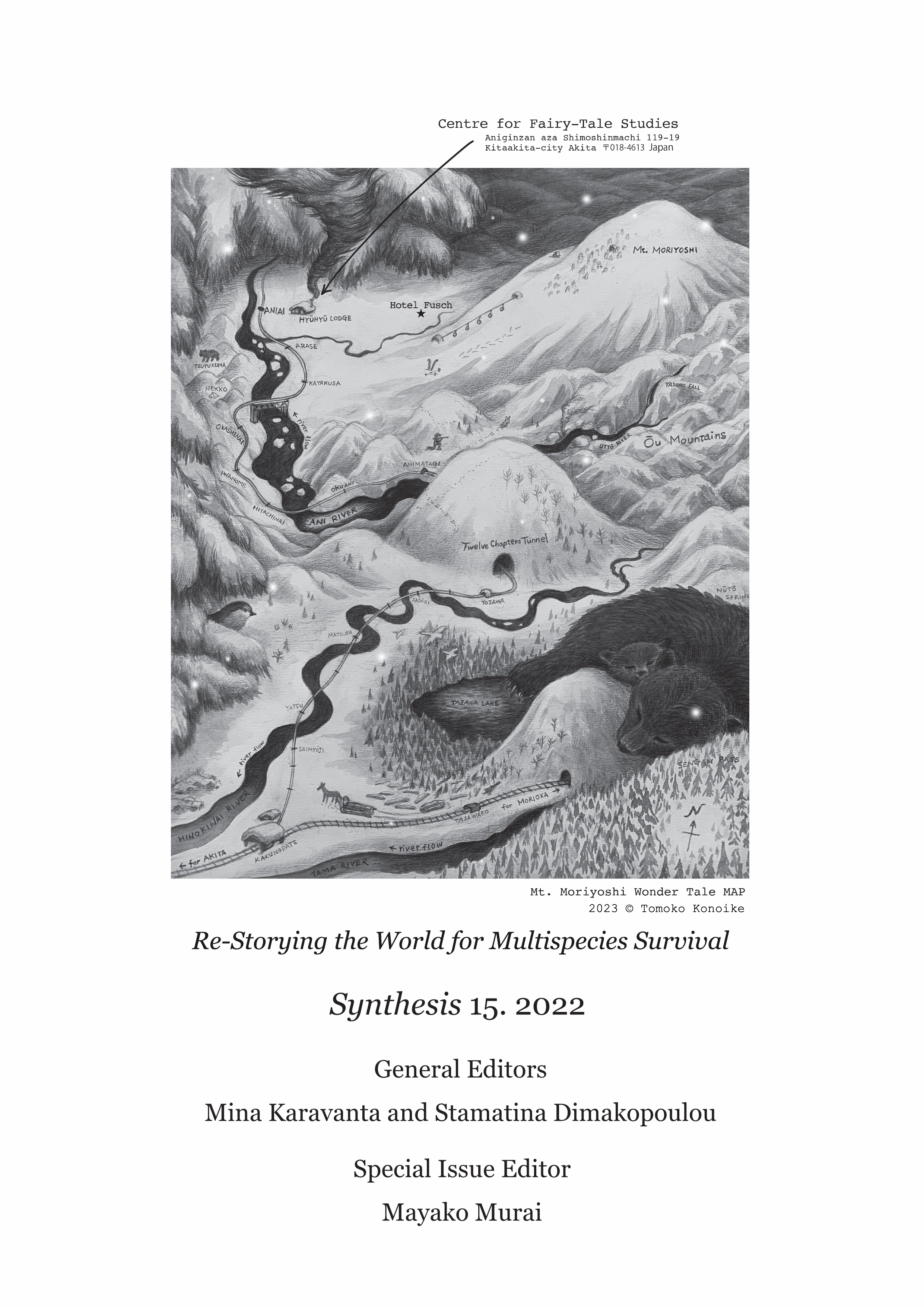Evidence and Inference: Blind Spots in the Neuroscience of Non-Human Minds
Resumen
Empathy, theory of mind and cognitive inference are used by humans to optimise our thinking and decision-making in social groups. Often, we extend this courtesy to nonhuman animals, acting as if they are conscious and experience the world in much the way that we do. Evidence from neuroscience suggests that nonhuman primates, at least, recognise us in a similar way. At the cellular level, comparative neuroanatomy demonstrates that all mammal brains are fundamentally similar and differ only in degree and proportion. If we believe that the physical structure of the brain is the seat of thought, then we have little basis for excluding animal consciousness. Nonetheless, the personal and institutional ethics which guide neuroscientists often make a categorical distinction between humans and other animals on this quality. Companion animals have been bred for their cognitive simpatico and nonverbal communication, but if science insists on a qualitative difference between human and animal minds, our view of dogs’ personalities and intentions would be a delusion. There is a tension, manifested as descriptive blind spots, between our appreciation of animals as kindred spirits and our explanatory accounts of their brains. Should we face the implications of our common anatomy and behaviour, admit that nonhuman animals are conscious, and therefore acknowledge their rights? Can our instinctive recognition of intention and cognition in animals be reconciled with science? If so, neuroscience might help with ‘re-storying’ the world by incorporating new perspectives to acknowledge animal minds.
Article Details
- Sección
- Featured roundtable

Esta obra está bajo una licencia internacional Creative Commons Atribución 4.0.
The copyright for articles in this journal is retained by the author(s), with first publication rights granted to the journal. By virtue of their appearance in this open access journal, articles are free to use with proper attribution. Synthesis retains the worldwide right to reproduce, display, distribute, and use published articles in all formats and media, either separately or as part of collective works for the full term of copyright. This includes but is not limited to the right to publish articles in an issue of the Journal, copy and distribute individual reprints of the articles, authorize reproduction of articles in their entirety, and authorize reproduction and distribution of articles or abstracts thereof by means of computerized retrieval systems.




